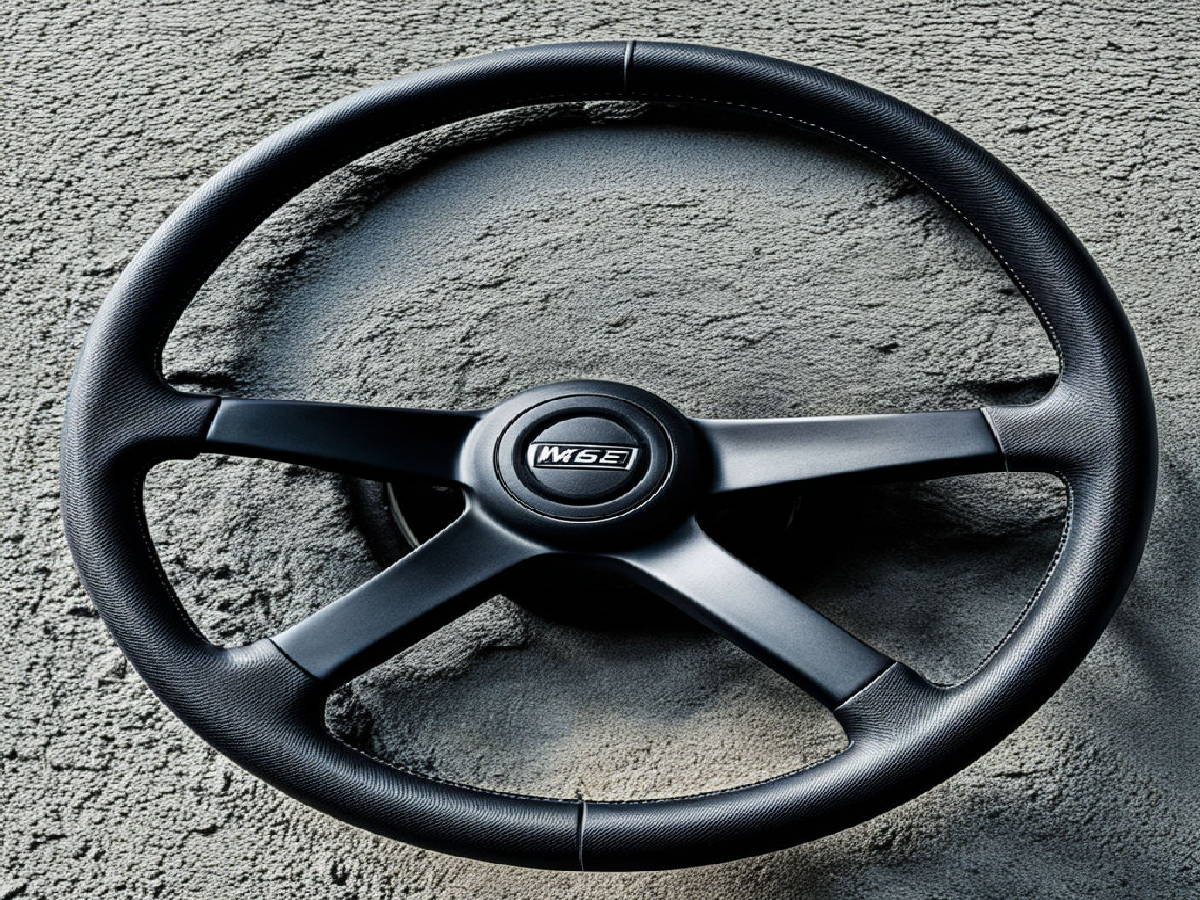
When I first noticed a knocking sound coming from my car's steering wheel, I didn't think much of it. However, as the noise grew louder and more persistent, I realized that ignoring it was no longer an option. In this comprehensive article, I will delve into the causes of a knocking steering wheel, the potential dangers it poses, and the best methods to resolve the issue.
Causes of a Knocking Steering Wheel
A knocking sound from the steering wheel can stem from various factors, often requiring professional diagnosis to pinpoint the exact cause. Here are some common reasons:
- Worn Ball Joints Ball joints connect the suspension control arms to the wheels, allowing them to move smoothly. Over time, these joints can wear out, leading to knocking sounds when turning the wheel or driving over uneven surfaces.
- Steering Rack Issues The steering rack is a critical component of the steering system. If it's worn or damaged, it can cause knocking and play in the steering wheel.
- Worn Tie Rod Ends Tie rod ends connect the steering rack to the wheels. When these wear out, they can cause the steering wheel to knock and feel loose.
- Loose Steering Column If the steering column isn't securely fastened, it can produce knocking sounds and vibrations while driving.
- Suspension Problems Worn shock absorbers, springs, or other suspension components can transmit vibrations and knocking sounds to the steering wheel.
- Bushings and Mounts Worn or damaged bushings and mounts in the suspension system can cause knocking sounds, especially when going over bumps or making turns.
- Wheel Bearings Faulty wheel bearings can produce knocking or grinding noises, particularly noticeable when turning.
Dangers of a Knocking Steering Wheel
Ignoring a knocking steering wheel can lead to severe consequences. Firstly, it can indicate potential failure of a critical steering or suspension component. Secondly, the knocking can impair vehicle handling, increasing the risk of an accident. Lastly, if the knocking is due to worn parts, continuing to drive can exacerbate the damage, leading to more extensive and expensive repairs.
Diagnosing the Problem
When faced with a knocking steering wheel, it's crucial to diagnose the issue accurately. Here's a step-by-step guide to identifying the problem:
- Visual Inspection Start by visually inspecting the steering and suspension components for any obvious signs of wear or damage. Look for cracked or worn ball joints, tie rod ends, and bushings.
- Check for Play With the car on a lift or jack stands, check for play in the wheels by shaking them back and forth. Any excessive movement can indicate worn tie rod ends or ball joints.
- Test Drive Take the car for a test drive to replicate the knocking sound. Pay attention to when the noise occurs – during turns, over bumps, or at specific speeds. This can help narrow down the potential causes.
- Listen for Noise While driving, listen carefully for the location of the knocking sound. Is it coming from one side of the vehicle or the center? This can provide clues about the source of the problem.
- Professional Diagnosis If the issue isn't immediately apparent, it's advisable to seek a professional mechanic's help. They can use specialized tools and equipment to diagnose the problem accurately.
Solutions to Fix a Knocking Steering Wheel
Once the cause of the knocking steering wheel is identified, there are several steps to take to fix the problem:
- Replace Worn Ball Joints If worn ball joints are the cause, have them replaced. This typically involves removing the wheel and suspension components to access and replace the joints.
- Repair or Replace the Steering Rack If the steering rack is worn or damaged, it may need to be repaired or replaced. This is a more complex job that often requires professional assistance.
- Replace Tie Rod Ends Worn tie rod ends should be replaced to restore proper steering function. This involves removing the old ends and installing new ones, followed by a wheel alignment.
- Secure the Steering Column If the steering column is loose, it should be properly secured. This may involve tightening bolts or replacing worn components.
- Inspect and Replace Suspension Components Worn shock absorbers, springs, and other suspension components should be inspected and replaced if necessary. This can significantly improve vehicle handling and reduce knocking sounds.
- Replace Bushings and Mounts Worn bushings and mounts in the suspension system should be replaced to eliminate knocking sounds. This typically involves disassembling part of the suspension to access and replace the damaged components.
- Replace Wheel Bearings Faulty wheel bearings need to be replaced to eliminate knocking or grinding noises. This involves removing the wheel and hub assembly to access and replace the bearings.
Preventative Maintenance
To prevent future occurrences of a knocking steering wheel, consider the following maintenance tips:
- Regular Inspections Regularly inspect your vehicle's steering and suspension components for signs of wear or damage. Early detection can prevent more serious issues down the line.
- Scheduled Maintenance Follow your vehicle's scheduled maintenance plan, including regular oil changes, tire rotations, and alignment checks. Proper maintenance can prolong the life of steering and suspension components.
- Avoid Harsh Driving Conditions Avoid driving over potholes and rough terrain whenever possible. Harsh driving conditions can accelerate wear on steering and suspension components.
- Timely Repairs Address any issues as soon as they arise. Timely repairs can prevent minor problems from becoming major ones.

